Haiti is a sovereign nation in the Caribbean region, occupying the western portion of the island of Hispaniola, with the Dominican Republic situated to its east. The island was initially occupied by the Spanish, but they later ceded the western third to France before the commencement of the slave revolt in 1791.
Like many other nations in the western hemisphere, Haiti had a long history of slavery and colonization during its early stages, before they decided to revolt against the same system they felt was hindering back their progress. Haiti was formerly known as Saint-Domingue and was thought to have a population of around 556,000. Out of the 560,000 people living there, around 500,000 were thought to be slaves. Out of 60,000 free people, 32,000 were white and 28,000 were black (which included both blacks and mulattos).
The hard work of slaves under the direction of the French colonial leaders helped propel Saint-Domingue to the status of the richest colony in France, and perhaps even the richest colony in the entire world. About a quarter of the sugar and 60 percent of the coffee imported to Europe came from Saint-Domingue.
Furthermore, Saint-Domingue’s colonial economy was based almost entirely on the production of plantation crops for export. For example, Haitian slaves were assigned the task of cultivating sugar in the northern plains surrounding the city of Cap Français (Cap-Haïtien) and coffee in the mountainous interior.
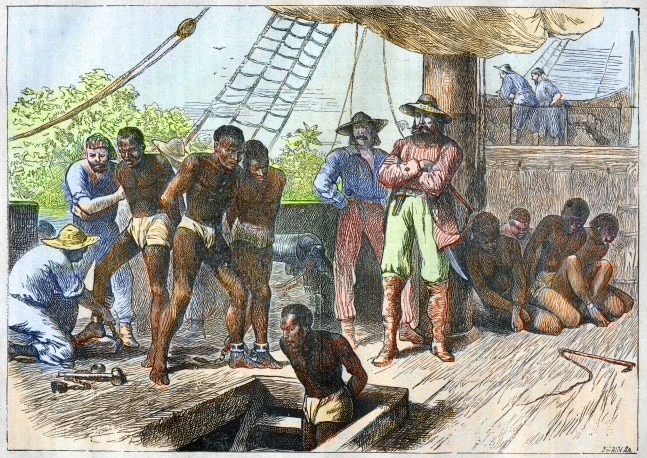
According to various historians, the stifling conditions endured by both indigenous Haitian slaves and those of African descent on the island of Saint-Domingue were unparalleled and compared to those of barbaric barbarism. The oppressive nature of numerous slave owners, who were mainly of French descent, led them to physically abuse or even kill their slaves, a move that underscored their oppressive nature. It was the inhumane treatment of Haitian slaves and the profit made from their hard work by the French owners that led to the Haitian Revolution of 1791. An historical event that will be regarded as one of the most noteworthy aspects of Haitian history.
Moving on, the story of Haiti’s history is particularly fascinating, as it’s the only country to have emerged from a successful slave rebellion. Even though western powers did everything they could to quell the Haitian rebellion, it turned into a complete revolution. From 1791 to 1804, Haitians who were enslaved and their allies in Saint-Domingue engaged in a prolonged revolution to secure their independence from France.
This action ultimately resulted in the attainment of the nation’s independence in 1804. But even though the French later refused to recognize their independence, this was the first and only time in history that black slaves rebelled and started a new country.
How the Haitian Revolution of 1791 began
Before the Haitian Revolution, which began in 1791, the island was divided between the French and Spanish. The French had already established a territorial claim to the western third of Saint-Domingue island in 1697. The region known as Saint-Domingue, as I mentioned earlier, was incredibly fertile and quickly became one of the most lucrative in the French colonies. This motivated the European colonists to invest more on the island, as they were determined to safeguard their wealthy status by exporting high-value commodities such as sugar, coffee, and cotton.
Despite its success, the Saint-Domingue economy suffered numerous setbacks during the century France spent overseeing the region. For the purpose of increasing their manual labour and earning more money, the French colonists brought in an additional 800,000 slaves from Africa, mixing them with the indigenous inhabitants of Saint-Domingue. The colonists were required to maximize their profits. Therefore, they employed savage tactics to induce their slaves to work even harder.
The brutal treatment of slaves by French colonists sparked curiosity among slaves about a possible rebellion. The French, however, were complacent in their handling of the slaves on the island. The French underestimated the possibility of a revolt, recognizing African blacks as resilient individuals who forged ahead despite difficult circumstances.
Throughout the 18th century, there were minor rebellions and conspiracies among the slave population in the Americas and parts of Europe that got involved in the trade. However, these minor insurrections were unsuccessful due to the superior organizational capabilities of the European colonists and the disorganization of the slave rebellion. Despite widespread rumours of a slave revolt, most slave owners continued to exploit their labourers to lower their spirits and dispel any rumours of a revolt.
According to some experts, the treatment of slaves in Saint-Domingue was the worst in the regions. Even though Saint-Domingue’s slave population was larger than that of the European colonists, the majority of them lacked the courage to start a rebellion. The colonists dismissed any worries of a slave revolt, and they continued to make money off the backs of Haitian black slaves.
Moreover, on a larger scale, the social standing of the colony was also subject to debate among the inhabitants, which comprised both slaves and free men. A challenging interpersonal relationship was created by the disparity in social and financial standing between individuals of African descent and Europeans in the region. This implied that the nation’s resources weren’t equally distributed. The collective wealth of Saint-Domingue was owned by both French slave owners and non-slave owners, thereby disadvantaging the black Africans. The French were content with their illicit wealth and did not anticipate that their mistreatment of Haitians would eventually result in a revolt.
There had to be a catalyst that would motivate the slaves in Saint-Domingue to rise and take action, as their suffering was becoming excessively severe under the tutelage of the French slave owners. That catalyst then became the French Revolution.
How the French Revolution of 1789 inspired the Haitian revolution
Meanwhile, in the latter part of the 18th century, France was in a precarious financial situation owing to its involvement in the American Revolution and King Louis XVI’s extravagant expenditures. This caused people to revolt against unfairness in French society, corruption by royal officials, and despair due to economic hardship. This period in history was referred to as the French Revolution.
The period of the French Revolution witnessed a significant transformation in both politics and society in France. It started with the Estates General in 1789 and ended with the coup of 18 Brumaire in November 1799, which led to the creation of the French Consulate. It is imperative to note that the French Revolution was not a singular event, but rather a series of developments that transpired between 1789 and 1799.
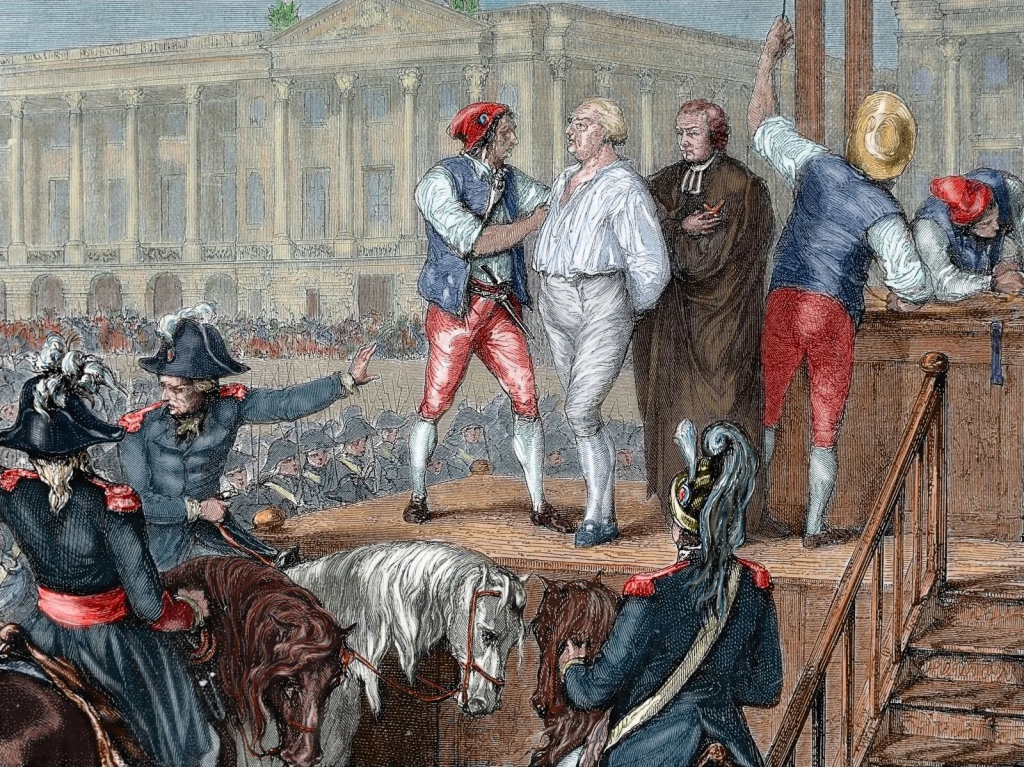
News of the French Revolution spread throughout the larger part of the world. Interestingly, the same thing that caused people to revolt in France was what the French colonists were doing to slaves in Saint-Domingue with no sign of remorse. Given that the French Revolution was caused by factors such as unfair treatment of people in France, French slave owners in Haiti did not want their slaves to hear about what was happening in France. They believed that this would cause an uprising in Haiti. Luckily for the black slaves in Haiti, news about the French Revolution spread to the plains of Haiti.
Knowing the dangers looming, the French slave owners took the opportunity to forge a closer connection with France. They submitted a deceitful report to the French authorities in Paris, claiming that all men were equally treated in Saint-Domingue, even though this was not the case. As the colonists in Saint-Domingue began to become complacent and derive satisfaction from free slave labour, the slaves ultimately discovered a means to unite against their oppressors. The unanticipated transpired, and the Haitians finally united to organize a violent revolt, one which was dubbed the Haitian Revolution of 1791.
The slaves in Haiti thought that if white people in France revolted because of unfair treatment, they could do the same in Haiti. They began devising strategies for initiating a revolution, and one of their tactics involved the establishment of an underground communication network consisting of over 200 of their leaders, dispersed throughout the colony. The groups gathered in secret and began sketching out strategies for a rebellion. They held the belief that the French would not readily grant them the freedom they desired without resorting to bloodshed. They knew this was a risky game that would eventually cost innocent people their lives.
Read more: What Happened to the Afro-Argentinians?
One of the factions associated with the slave rebellion, comprised of 350 mulattos, attempted to initiate an uprising by causing disorder and civil unrest. However, French army troops collaborated with local planter militias to disperse and arrest them. In February 1791, the leaders of the mulatto people, including Vincent Ogé, were executed in public.
Considering they already had all the weapons and backing from the western world, the French authorities in Saint-Domingue didn’t believe a little civil unrest would pose a threat to their authority. In their perspective, the incident was a minor setback that would not have had any adverse effects. Since only a few slaves had been captured, they were unaware that many others were secretly hiding and planning a revolt. However, subsequent events would demonstrate that their superior firepower was not sufficient to halt the Haitian revolution.
The Haitian Revolution
The emergence of the other factions of slave rebellion in the northern province of Saint-Domingue sparked an outbreak of violence towards the end of August 1791. The situation was so bad that slave rebels swept through the region and killed or locked up people of European descent. They also set fire to plantation farms. As time passed, the uprising intensified, and an increasing number of slaves joined the cause. The number of rioting groups increased, and French slave owners were unaware of how many of them there were. This presented a challenge for the French in containing the violence. The slaves who led the revolution demonstrated a significantly greater willingness to engage in combat and sacrifice than the colonists had anticipated.
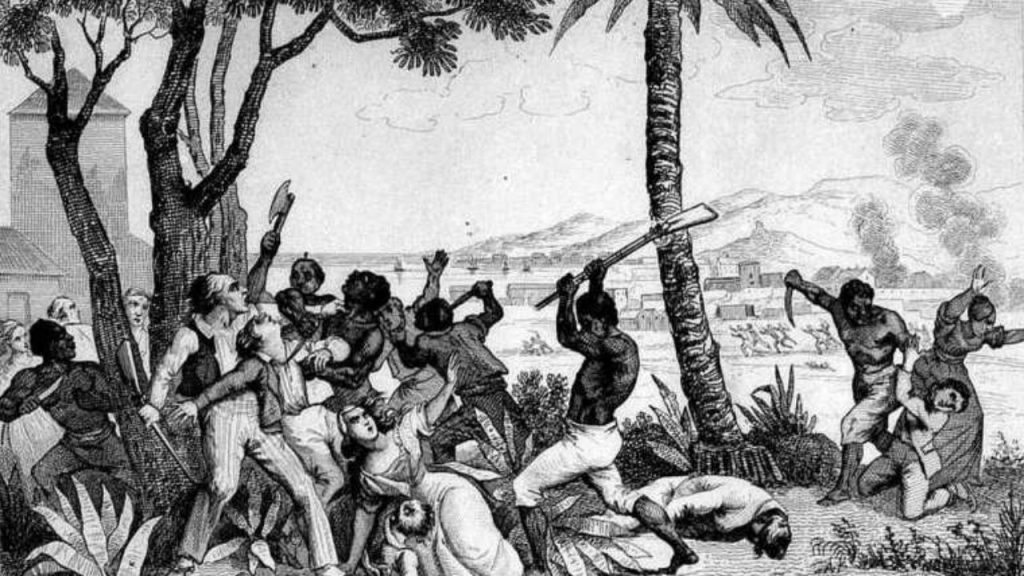
The magnitude of the revolution was such that the French colonists living in Saint-Domingue were scared. Many of them fled to Cap-Haïtien, which was considered to be the most important city in the colony. The slave rebellion in the northern province resulted in the destruction of many plantations within 48 hours. As the rebellion persisted, the rebel slaves commenced their march towards Cap-Haïtien. The initial attempt to occupy the city proved futile. However, the revolutionary forces commenced a siege, prompting the inhabitants to seek aid from the nearby shorelines, particularly those of the United States. In a paradoxical twist of fate, the slaves who had previously been oppressed suddenly assumed the role of oppressors and were gaining power. The Haitian revolution had officially begun.
The French government failed effort to end the Haitian Revolution
When the revolution reached its climax and slaves seized control of a significant portion of the colony, they petitioned for their liberation. Many French businessmen who owned plantations were hesitant to cede control of the colony to indigenous people, fearing retribution and losing all the money they had earned from slave labour.
However, on May 15, 1791, the National Assembly decided to convene a meeting of slave rebels to discuss a solution. They gave political rights to all free blacks and mulattos born to free mothers and fathers. They urged the rebel factions involved in the revolution to relinquish their weapons and join the efforts for a peaceful resolution. Even though this rule limited the rights of some free blacks, the white colonists in Haiti strongly opposed it.
Back home in France, the French government rejected the idea of a liberated Haiti. It was evident that the French government would not grant liberty to individuals who had attempted to undermine its authority by staging a revolution that resulted in the loss of numerous white French citizens in Saint-Domingue. The concept of a freed Haiti failed to win the support of the French legislature. A few days later, the French government decided to take away the special freedoms given to revolutionary groups and Haitians. They urged the National Assembly in the colony of Saint-Domingue to refrain from granting freedom to the slave rebellion in Haiti.
This was a regrettable decision taken by the French government, as it resulted in the growth and intensification of the revolutionary movement. Following this directive, the inhabitants of Saint-Domingue now saw the French for whom they truly are. This ended the hope for peace in Saint-Domingue. Indeed, it heralded the dawn of a violent era that would eventually leave both sides bearing the brunt of the consequences.
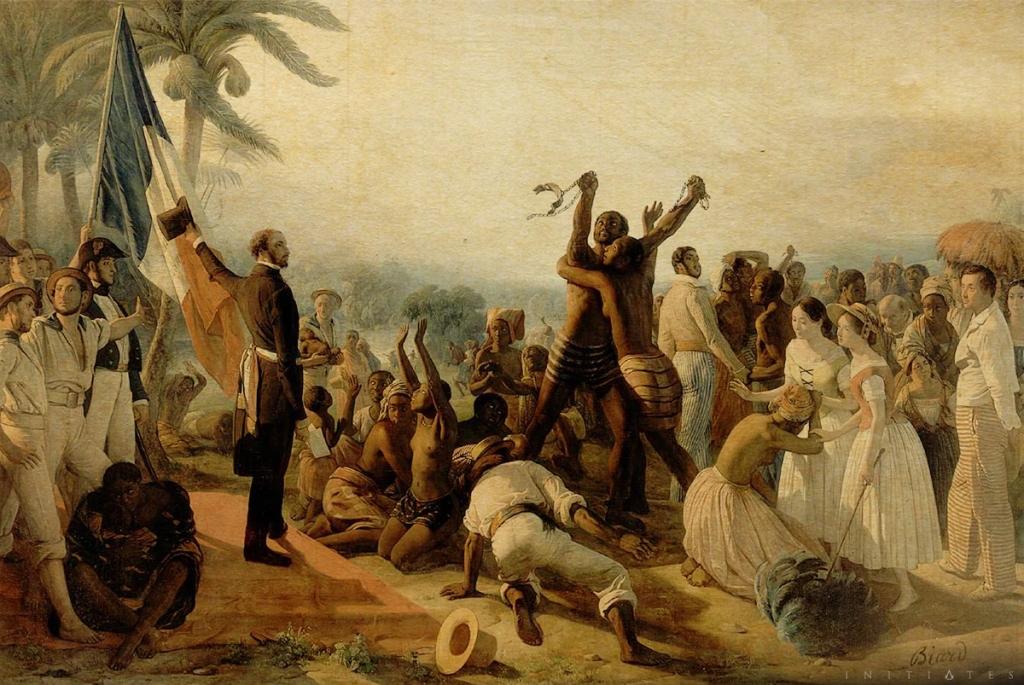
Following the repeal of freedom rights by the French government, every resident of Saint-Domingue joined the rebellion party. Rather than pursuing liberty and equality, the slave rebellion determined that it was time for every French citizen to depart from Saint-Domingue or face the consequences. This time, they wanted Haiti to be independent and not controlled by foreign countries. They declared that they would rather fight for the complete independence of Haiti. In response, the National Assembly revoked the rights of free blacks and mulattos on the 24th of September 1791. This call led the revolutionaries to re-evaluate their warfare tactics, with the aim of removing the remaining French dominance from the colony and claiming it as their own.
The battle for Saint-Domingue
The battle appeared to be one of the most challenging in the context of a revolution, given its prolonged duration. It was widely acknowledged to be one of the most brutal revolutionary battles between black liberation fighters and European colonists. As retribution, the European colonists executed any unruly slave they could locate, including children and women, after the revolutionaries regained control over the remaining agricultural areas and towns.
As the revolution progressed, other European nations joined in and attempted to take advantage of France’s weaknesses. Britain and Spain joined forces with the rebels, which caused a conflict with France through proxy. The French government soon found itself embroiled in two ferocious conflicts, one in Saint-Domingue triggered by the revolution and the other in France sparked by the French Revolution. This triggered a state of disarray for the French government, as it was unable to effectively manage both domestic and international conflicts.
The revolutionary movement saw this route as a way to take advantage of France’s rivals to push forward their goal. They started working together with France’s enemies to get the things they needed. Despite the current crisis on its domestic front, the French government was determined to end the Haitian uprising by utilizing every means at its disposal. The fighting continued when the Legislative Assembly, which replaced the National Assembly in October 1791, decided to give black people their rights again at the end of March 1792. On the 28th of March, the assembly voted to reinstate the political rights of free blacks and mulattos. There was no action taken regarding the issue of slavery.
The fall of 1792 saw the radicalization of the Revolution in mainland France, and the French government sent an agent to Saint Domingue to handle the suppression of the slave revolt. Léger-Félicité Sonthonax, who served as a civil commissioner for the French government, was entrusted with the responsibility of suppressing the revolution. He issued a comprehensive emancipation decree on behalf of France for all slaves throughout the entire northern province of Saint-Domingue. Many former slaves were nonetheless dissatisfied with that decision, given that France will continue to hold sway over the territory of Saint-Domingue.
The French government took other steps to effectively end the rebellion, such as granting certain rights to the rebels, such as a restricted work schedule and a full day of rest each week. But the rebels were still unhappy with the situation because it wasn’t enough for their families, and they thought it was a way to exploit them. The revolutionary movement desired complete autonomy that did not entail the presence of France within its borders. They wanted their land back the way it was before the French came.
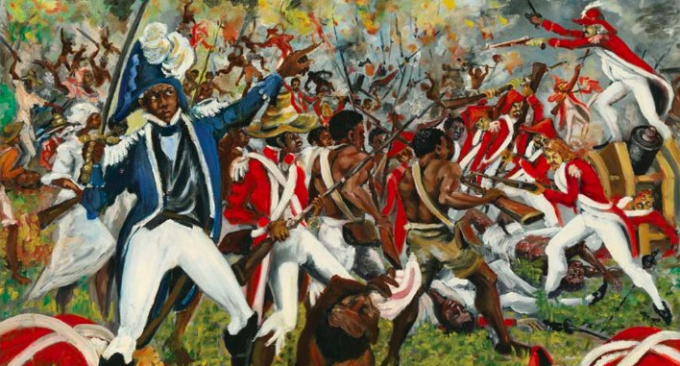
To become free, rebel slaves made deals with the British and Spanish in the area. The British and Spanish vowed to grant liberty to those who would enlist in their armies, despite their reluctance to abolish slavery in their colonies. Their goal was to take advantage of France’s troubles.
The Rise of Revolutionaries in Saint-Domingue
The French government offered the revolutionaries the chance to surrender with the promise of making Haiti independent. Nonetheless, this was not the case as the revolutionaries had already received an intelligence report indicating that France would not grant them their independence, but instead reinstate slavery, as it had been done in other nearby colonies. The crisis raged on, as some revolutionary generals rebuffed France’s offer after discovering that France had ulterior motives for the island.
The revolution was resuming its full momentum. In response to the revolution, the French initiated a new race conflict and executed any former black slaves suspected of plotting against them. They hoped that this action would instil fear among the revolutionary forces.
The French government agents, confronted with the direct threat of both British and Spanish incursions aimed at capturing the colony with the help of the rebel slaves, abolished slavery in the colony from August to October 1793.
Despite initially dismissing this move as part of a scheme to aid Great Britain, the National Convention eventually adopted a resolution to abolish slavery in all French colonies on February 4, 1794. Several mulattos were opposed to this move because they owned slaves. The economy of Saint Domingue had nearly collapsed after more than two years of rebellion, invasion, attack, and counter-attack. Thousands of white people fled to the United States or returned to France.
After gaining power in mainland France, Napoleon Bonaparte and his troops embarked on their involvement in the Haitian Revolution, reviving slavery and the slave trade in those colonies still under French control and denying political rights to free blacks. He enlisted a major expeditionary force to Saint Domingue to enforce his will. After a bloody struggle, they captured the rebellion leader, Toussaint Louverture and returned him to France, where he languished and died in jail.
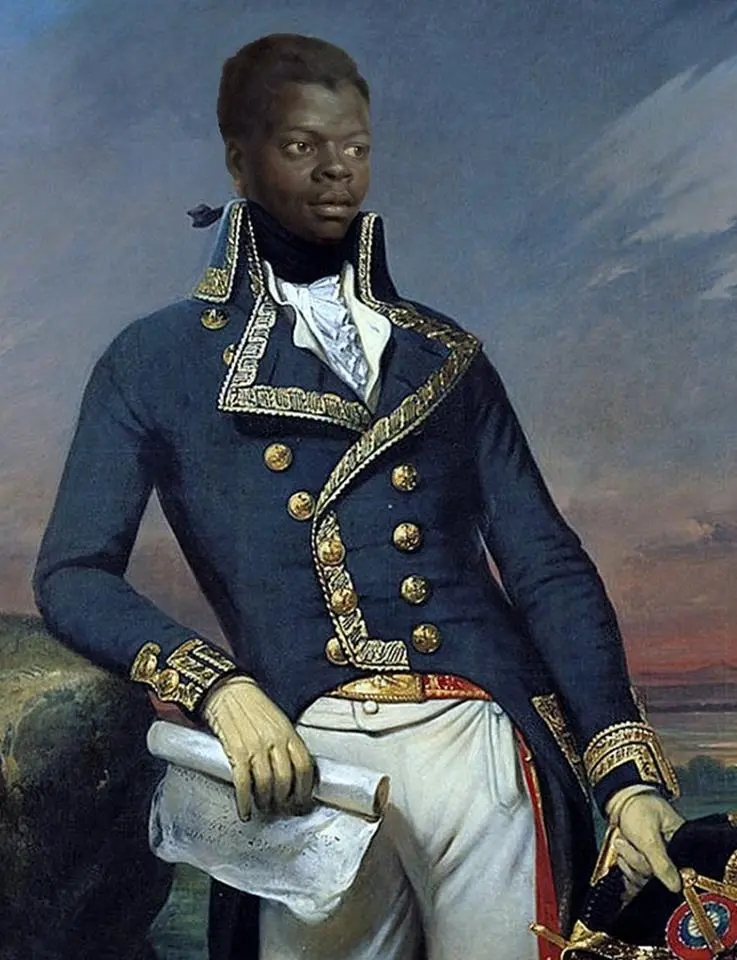
During the imprisonment of Toussaint Louverture, a man named Jean-Jacques Dessalines emerged as a formidable revolutionary figure at that same year. He began to tighten up his grip, arguing that the revolutionaries should reintroduce the violence against France. Jean-Jacques Dessalines would later on become a renowned figure in Haitian history, and he was the inaugural ruler of an independent Haiti under the 1805 constitution.
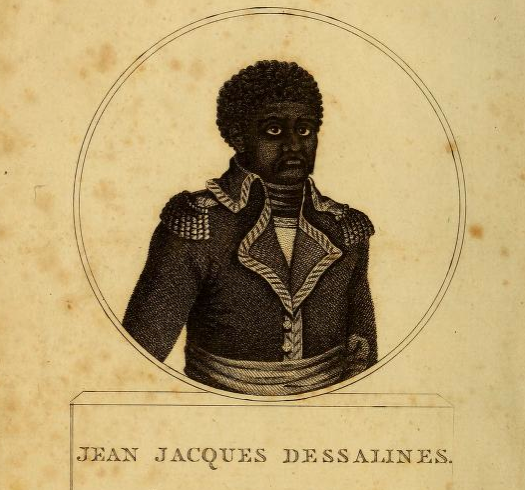
Despite their difficulties, the former slaves continued their revolt until 1803, when Napoleon ordered his troops to surrender their weapons, as it wasn’t profitable for him or France. He made that decision as he believed that France was facing both British and Spanish invasions that would ultimately occupy the colony with the help of the rebel slaves. The French army returned home after suffering significant losses due to illness and intermittent combat. The slave revolt had finally come to an end.
The Price for freedom
After becoming victorious in the revolt, Haiti was effectively isolated from the rest of the world for an extended period of time. This effectively halted their economic and social progress. The United States and other European nations decided to penalize Haiti and create an unruly nation due to the manner in which the revolution was orchestrated. This prevented Haiti from engaging in any type of commerce with the western world, as most nations had been secretly warned against doing so.
Sadly, even the neighbouring Dominican Republic was influenced by the West to alienate Haitians in numerous ways. Even though Haiti had gained independence, their hardships continued because of the white western countries’ revenge after its revolution.
The Haitian revolution, if anything, only served to worsen the situation, as the majority of slave owners in western nations were hesitant to end slavery. Even though Haiti gained independence through their uprising, the majority of Western nations were opposed to the recognition of the island as a sovereign nation. They were surprised to learn that the slave rebellion was successful.
During that time, it was impossible for black people to rise and fight for their freedom. White slave owners were worried that recognizing slaves as free people would stop them from making money from slave-free work. They saw the Haitian uprising as a flash in the pan of the dangers posed by ineffective management of slaves. Although the Haitian Revolution did not effectively end slavery in the Western world, it did contribute to the commencement of a process to eradicate it.
As a significant event in history, the Haitian revolution will be remembered as one that shook the entire western world. Like many African and Asian countries, I believe Haiti would have fared much better if they had achieved independence the European way. This was the reason for its deliberate isolation economically. Knowing that every nation relies on international trade to expand its financial base, the Haitian people were unable to engage in international trade, which would have aided them in rebuilding their homeland.
Today, Haiti is the poorest country in Latin America and the Caribbean (LAC) and one of the poorest countries in the world. In the year 2022, Haiti possessed a GDP per capita of US$ 1745.9 and a GINI index of 41.1. Haiti was ranked 163 out of 191 countries on the United Nations Human Development Index in 2022. It’s safe to say that Haiti is still poor because of the revolution it started against the French.
For a considerable period of time, Haiti has been neglected by the rest of the world, and the western nations have indirectly emphasized that Haiti will continue to bear the costs of their liberation. The internal community persists in imposing ambiguous sanctions on Haiti, which have contributed to its underdevelopment, and there are no indications of a slowdown. Even the assassination of its leaders has become a routine.
At the time of writing, Western powers have once again resorted to employing indigenous puppets to destabilize the country through internal violence in all parts of the country. The peaceful and loving people of Haiti are portrayed in a negative light by the western-controlled media. Problems-on-Problems continue to steer up. You name the rest!
Despite the instability that Haiti has experienced for a considerable period, the Haitian populace remains resilient and determined. I believe that the same enthusiasm that helped them overcome the only black rebellion in history will see them through one day.
To the Haitian people, I humbly believe that one day you shall triumph.
Photo Courtesy of ABC News
One thought on “Prize for freedom: Why Haiti remains a poor nation despite its revolution”